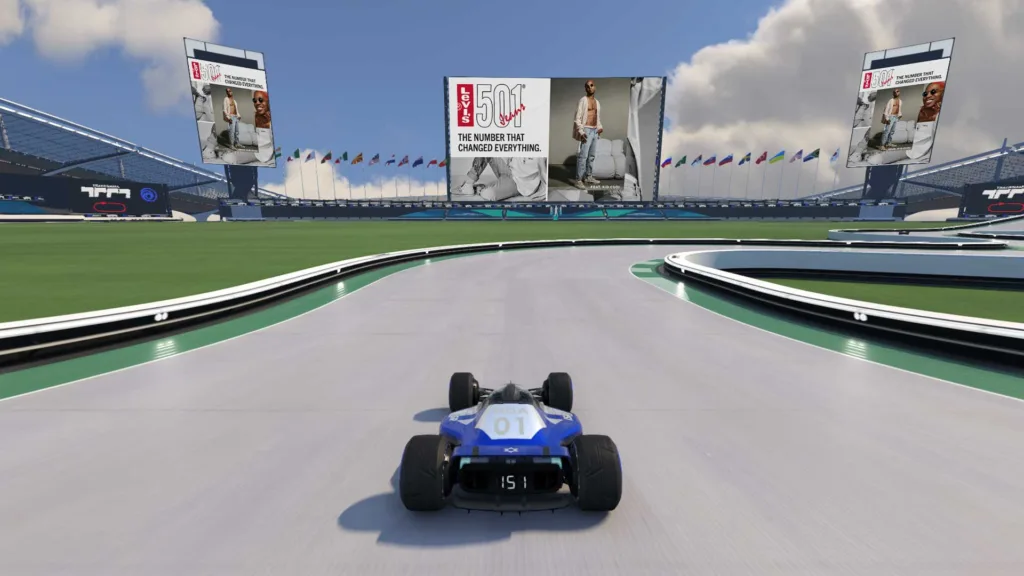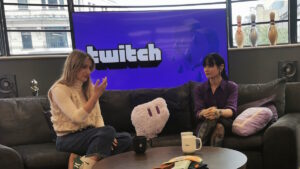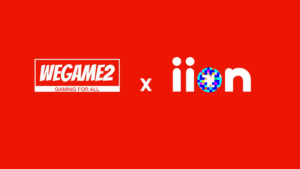New research has revealed the scale of opportunity for advertisers within the global games marketplace. The number of people who describe themselves as regular gamers will reach a staggering 3.38 billion this year and the global games market is expected to generate yearly revenues of $212.4 billion by 2026.
NDA spoke to Nerissa MacDonald, EVP of Global Sales for Anzu to explore the opportunity for marketers…
Why should brand marketers be interested in in-game marketing?
People who play games see the need for ads. We know this because we spoke to hundreds of US and UK audiences last year and found that 70% of people who play games are positive or neutral towards in-game advertising and half of all people who play games between 25-44 say in-game ads enhance the gaming experience.
In addition, it’s now possible to effectively measure reach, viewability, attention, and even attribution connecting to purchases thanks to Anzu’s market-leading technology and the partnerships it holds with vendors like Oracle Moat, IAS, Comscore, Human, and others.
Using contextual targeting, you can hone in on your target audience. Anzu allows targeting based on many options, including all the basics like geo, language, and age range.
Gaming is also incredibly brand-safe, as ads are moderated on many levels. Vendors like IAS, Oracle Moat, and DoubleVerify have now adjusted their solutions to incorporate measurement inside complex 3D gaming environments.
Last year’s publication of the intrinsic in-game advertising guidelines by the MRC & IAB, which Anzu played a part in, has also helped to standardise the space, bringing even more confidence to brands previously on the fence. We continue to work closely with the IAB to help roll out more standards and safeguard the space for the future.
What are the main differences between in-game advertising and other forms of display advertising in terms of the attention they generate?
We’ve known for years that in-game drives massive attention levels, and now we have the data to prove it thanks to our partnership with research specialists Lumen. We’ve worked with them for the past two years and have delivered 25 brand studies from in-game campaigns run by some of the world’s biggest brands.
Lumen has also worked with other gaming businesses and has completed over 90 in-game advertising attention studies, enabling them to provide guidance on the effectiveness of in-game advertising formats.
To evaluate the impact of in-game, we compared all this data against 42 traditional digital advertising formats, including banner ads, Instagram and Facebook infeed ads, and preroll YouTube ads.
The results of this research are fascinating and showcase the lean-forward nature of gaming and the massive opportunity it offers advertisers in driving attention. All the top-line results have been published in our report entitled ‘Are you paying attention? How gaming sets a higher bar for advertising engagement’.
Highlights include that in-game ads drive 98% viewability vs. Lumen’s digital ad norm of 78. On average, in-game ads drive 49% prompted recall with a high of 97%; and in-game ads drive more attention than Facebook and Instagram’s In-feed ads.

What does this mean for advertisers in terms of (a) their creative approach (b) their media mix strategy?
Using our attention findings and looking back over the campaigns we have run, we have compiled a list of best practices for in-game ads covering things like logo size and placement, how many words you should use to convey your message, optimum video length, etc. If anyone would like to delve into these, please get in touch, and we can take you through them.
The main takeaway is that gaming drives attention. However, it’s essential to get the creative side right. Otherwise, you risk losing your audience or, worse, annoying them while they play.
In terms of the media mix, gaming is becoming a key part of omnichannel ad strategies; it drives high attention, which translates into key business metrics like brand uplift, awareness, and purchase intent.
Some of the brands who have seen massive success by incorporating in-game to their omnichannel strategies recently include snack brand Lay’s, who brought their 6-second video ads to the gaming world, achieving a 92.5% VCR; fashion label Levi’s, who saw a 16% boost in ad recall among premium jeans purchasers after launching an in-game display campaign; and telecoms giant Vodafone, who saw a 176% lift in campaign awareness from their first in-game ad campaign.
Why does the consumer react differently to in-game advertising compared to other digital ads?
People don’t hate ads. They hate bad ads. The US and UK research we referenced earlier found that when asked what advice you would give advertisers, the most popular answer was relevance is the golden rule.
Gaming is a 100% lean-in experience, and intrinsic in-game ads present a chance for brands to be associated with positive moments inside the game and ‘share’ them with their consumers, which drives emotional connection and helps to win hearts and minds.
One of the main reasons that in-game advertising gets a better reaction than other forms of ads is that game developers have, in general, been much slower and more careful than other forms of media producers about the quality and volume of advertising they are prepared to allow in-game. The simple explanation is that they don’t want to have ad units that detract from the experience of playing the game, which is their bread-and-butter.
The reason that Anzu specialises in in-game advertising is that we understand the need for it to complement the game experience. We talk about ‘intrinsic advertising’ – we’re not providing a clickable format that would interrupt gameplay. Instead, the advertiser benefits from the fact that the gamer is 100% paying attention to the game that they are playing. That level of attention is attracting more advertisers to in-game advertising every day.
Where should marketers considering in-game advertising for the first time begin?
Don’t be afraid. Learn where your audience is. The question is no longer is my audience playing games, but which games are they playing? On which platforms? At what times of the day? And for how long?
Anzu has been helping brands get into gaming since 2017, and with a significant roster of premium PC and mobile titles spanning every genre imaginable, it’s now easier than ever to get in front of your audience in a relevant and meaningful way.
To get started with in-game ads reach out to the Anzu team today.












